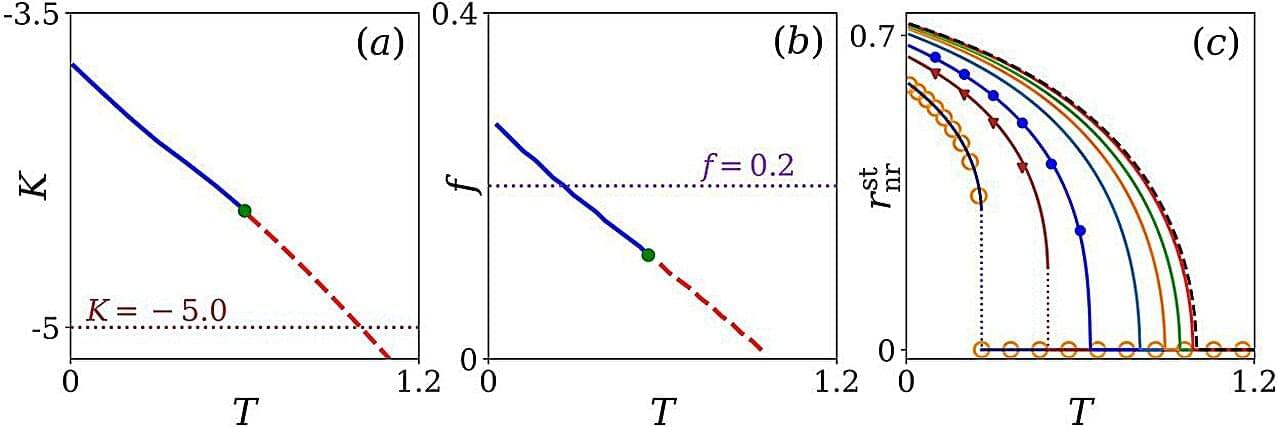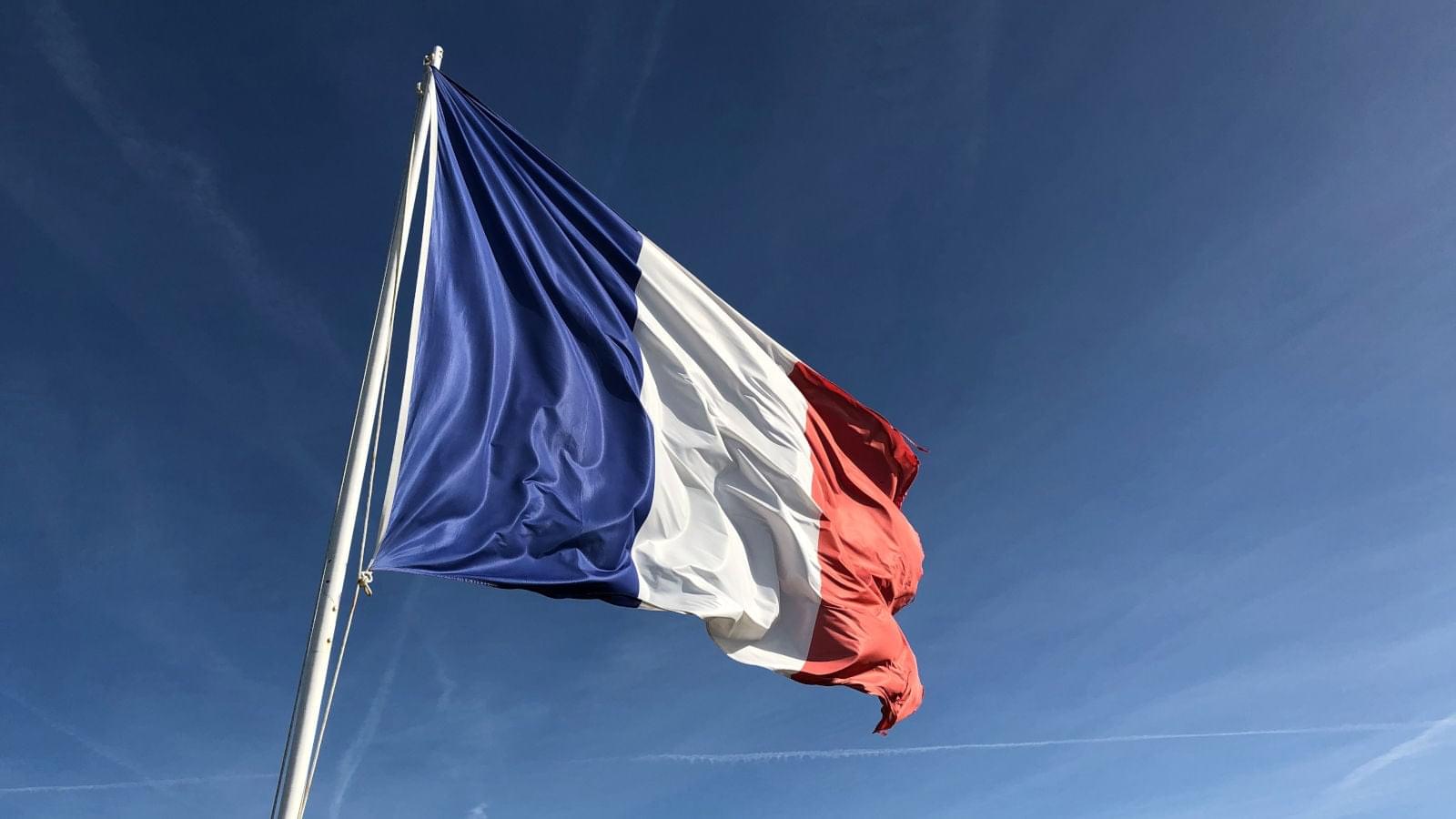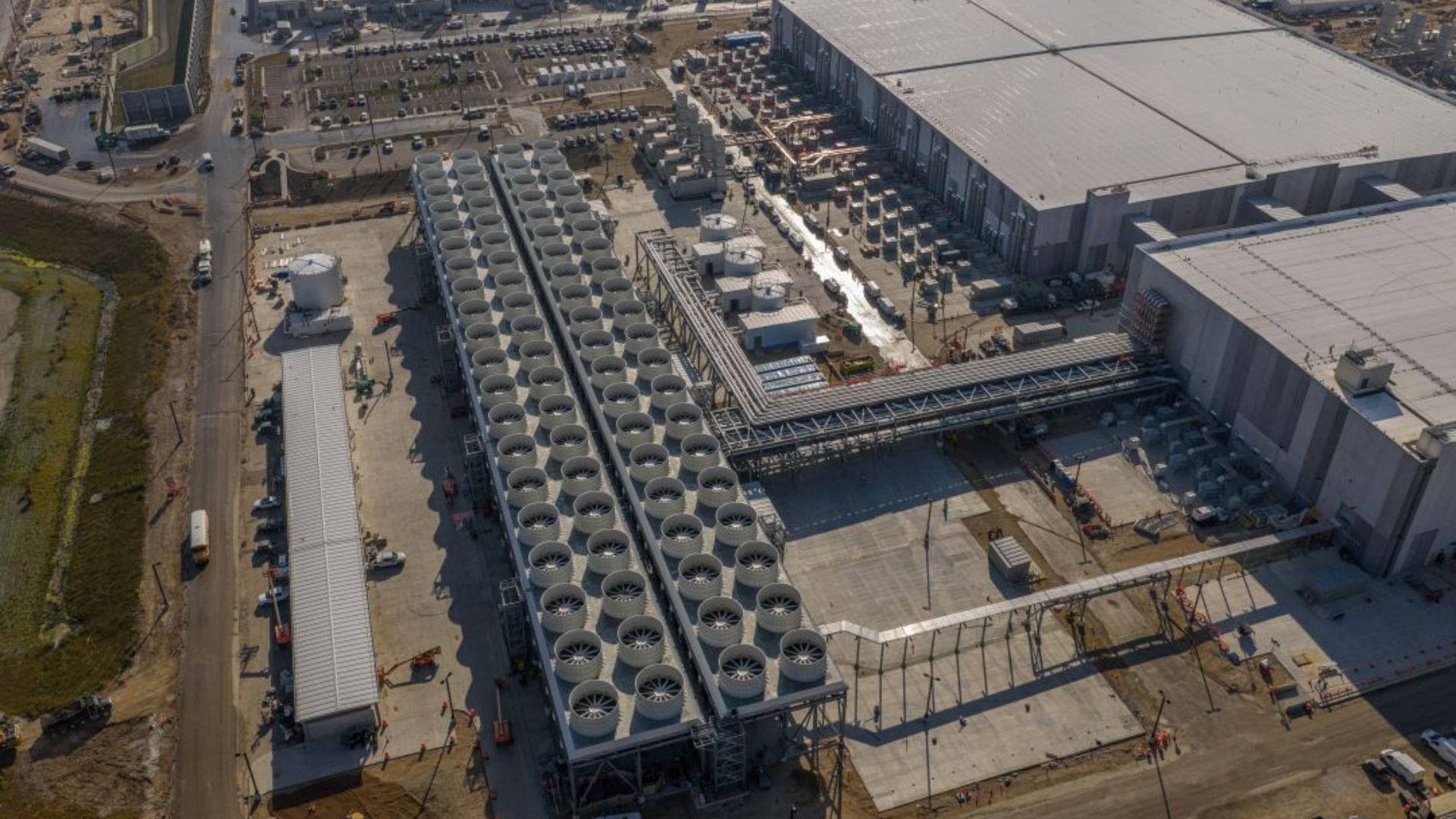Researchers in the Department of Theoretical Physics at Tata Institute of Fundamental Research (TIFR), Mumbai, have discovered that instead of manipulating every component or modifying interactions in a many-body system, occasionally resetting just a small fraction can reshape how the entire system behaves, including how it transitions from one phase to another.
This counterintuitive approach, called subsystem resetting, offers a powerful, universal control strategy to tune collective behavior in complex systems ranging from magnets to neural networks.
This work by Anish Acharya, Rupak Majumder, and Prof. Shamik Gupta has been published in Physical Review Letters.







